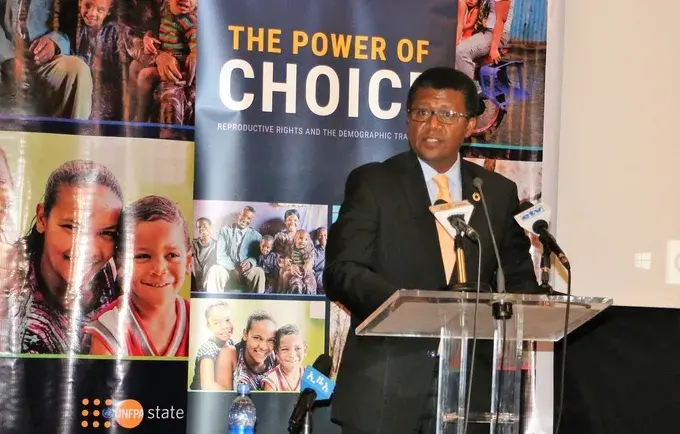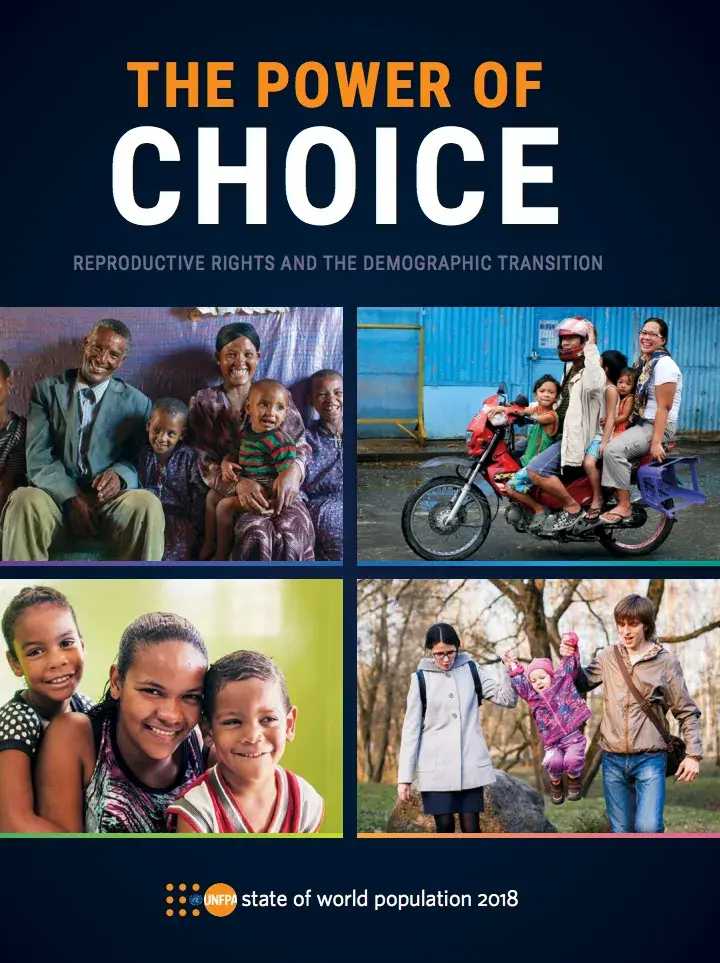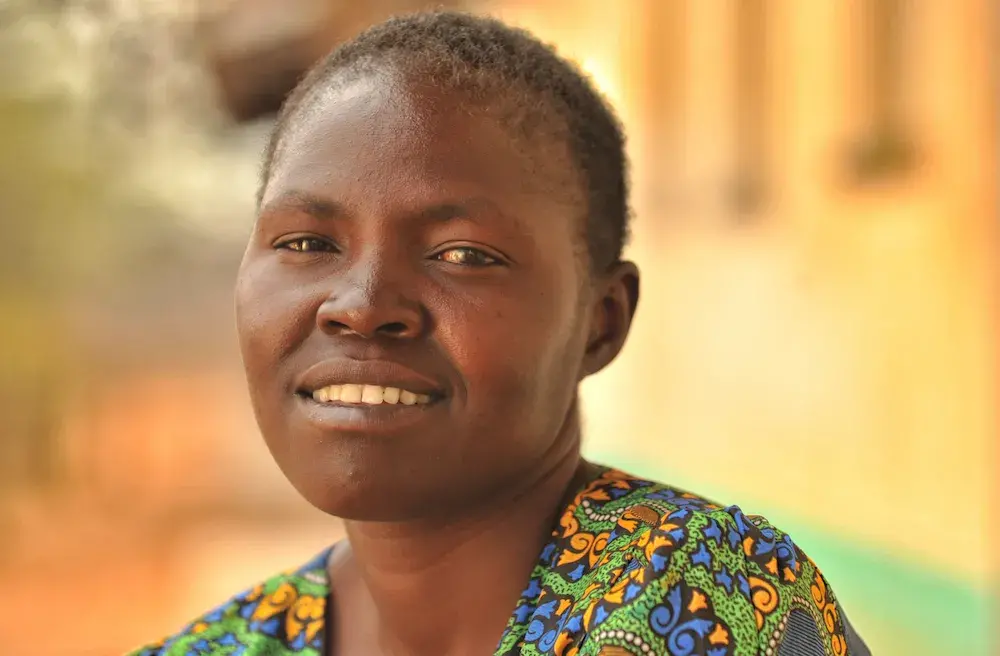CONFERENCE STATEMENT
Southern African Students and Youth Conference on Sexual and Reproductive Health Rights: “Youth SRHR and the Post-2015 Agenda: A Time to invest in young people to harness the demographic dividend in Southern Africa”.
28 – 29 August 2015, Harare, Zimbabwe
Background
The United Nations Commission for Africa’s (2013) MDGs progress report acknowledges that Southern African countries have not been able to meet their MDG targets, despite recording significant improvements. Young people, who constitute more than one third of the total population in sub Saharan Africa, remain stalked with numerous sexual reproductive health and rights (SRHR) challenges which are yet to be met. Informed by these realities of young people in the region and the ending of the lifeline of the Millennium Development Goals, the Students and Youth Working on Reproductive Health Action Team (SAYWHAT) hosted the inaugural two-day Southern Africa Students and Youth conference on Sexual and Reproductive Health from the 28th to the 29th of August 2015, in Harare, Zimbabwe, under the theme: “Youth SRHR and the Post-2015 Agenda: A Time to invest in young people to harness the demographic dividend in Southern Africa”. Over 300 delegates, drawn from Botswana, Lesotho, Malawi, Namibia, South Africa, Swaziland, Zambia and Zimbabwe, participated in the conference.
We acknowledge
-
The country level strategies concerning youth and SRH;
-
Recognition of youth SRHR in global and regional development commitments (Ministerial Commitment towards SRH and CSE in the Eastern and Southern Africa - ESA Commitment, Maputo Plan of Action, ICPD PoA, Addis Ababa Declaration on Population and Development, the inclusion of adolescents in the Global strategy on Women, Children and Adolescent health);
-
Increased involvement of young people in development processes affecting us (Country delegations to SDG, ICPD discussions, dedicated youth conferences at global and regional level, program and material design. accommodating youth inputs in development processes, increased involvement in program design, monitoring and ).
-
Support for youth-led initiatives from development agencies, CSOs and other stakeholders in building capacity and availing resources for youth work (Y4CARMMA);
-
The efforts to develop a SADC Model Law on Child Marriage;
-
The Pan-African campaign on Ending Child Marriages in Africa;
-
The AU initiated CARMMA.
However, We Note
-
The contraceptive prevalence rate for Southern Africa was at 25% in 2010;
-
The adolescent birth rate of girls aged between 15-19 was more than 50% in 2009, 90% of adolescent pregnancies occur in marriage or union;
-
Survivors of child marriages have limited opportunities to be reintegrated into the school environment;
-
The antenatal care coverage rate is below 47% when it looks at the required 4 visits but however high when at least 1 visit is considered;
-
The unmet needs for family planning averages at 22.7% in Southern Africa;
-
Limited programming of youth living with disabilities;
-
Inconsistencies and discrepancies between SRH related laws and policies;
-
Absence of curriculum on communicating SRH issues to young people living with a disability and living in the streets;
-
Limited availability and scope of youth friendly health programmes and services;
-
Youth participation in SRH programming is still very limited;
-
The role of parents/guardians and religious sector has been very limited;
-
Lack of sex and age disaggregated data on SRH, with a specific focus on people living with disabilities, adolescents, and other key populations.
We commit ourselves to:
-
prevent stigma and discrimination with a specific focus on: young girls affected by child marriage, HIV, sexual activity, sexual orientation and people living with disabilities;
-
hold governments accountable for the delivery, availability and scope of youth friendly SRH programs and the implementation of laws and policies related to SRH and HIV;
-
spearhead programs on demand creation and uptake of sign language courses, BC Communication by learning sign language and developing disability friendly SRH information and services;
-
strengthen structures that coordinate, empower and expose all the youth to opportunities, resources and skills on SRH;
-
ensuring provision of safe contraceptives;
-
positively and effectively use social media to engage fellow young people on SRH and broader developmental issues;
-
identify areas that young people frequent for use in distributing SRH commodities and locating services;
-
disseminate information to fellow young people on policies supporting access to SRH services and information including on condom education.
We call upon governments, regional entities, Health providers, UN agencies, CSOs, parents and guardians and other relevant entities to the:
-
harmonisation and dissemination of laws, policies and strategies related to Youth and SRH;
-
creation of a SADC fund on the research, programming and implementation of SRH policies;
-
enforcement of comprehensive sexuality education in schools; universality of SBCC material and services to cater for all youth including youth living with a disability;
-
capacity enhancement/building and support to youth to create innovative communication strategies for young people;
-
provision of comprehensive, gender sensitive, youth friendly health services, including access to safe contraceptive options for young people, more specifically for underserved youth;
-
reintegration of young people on the streets (education, shelter, etc.);
-
exploring of new multi-purpose technologies on SRH;
-
reviewing and development of youth friendly SRH health management information and reporting systems;
-
commissioning of SRH programmes that target and promote the role of religious & traditional leaders and parents/guardians in youth SRHR programming, especially in the context of parent-child communication; and
-
convening the Southern Africa Students and Youth conference on Sexual and Reproductive Health as an annual event.




